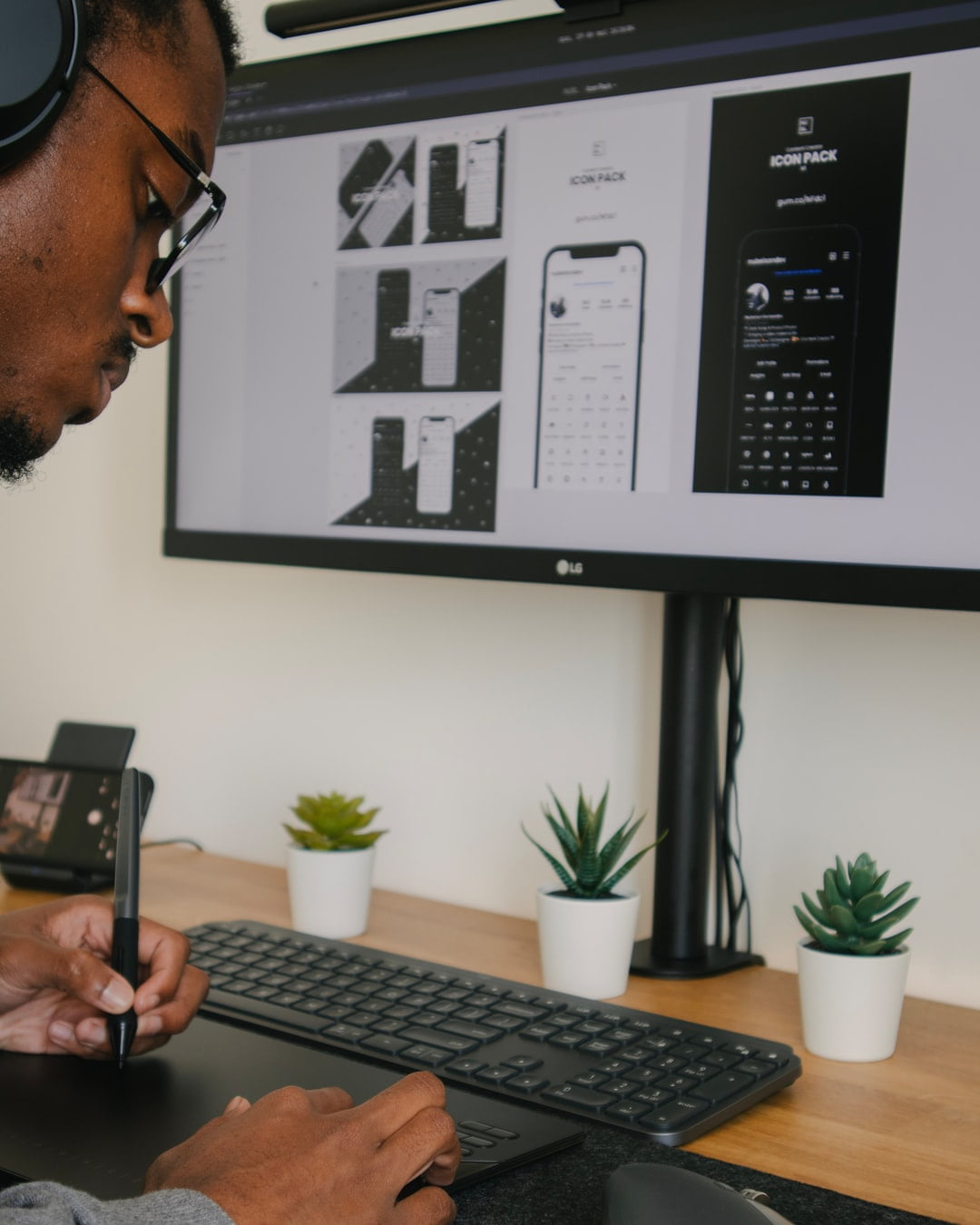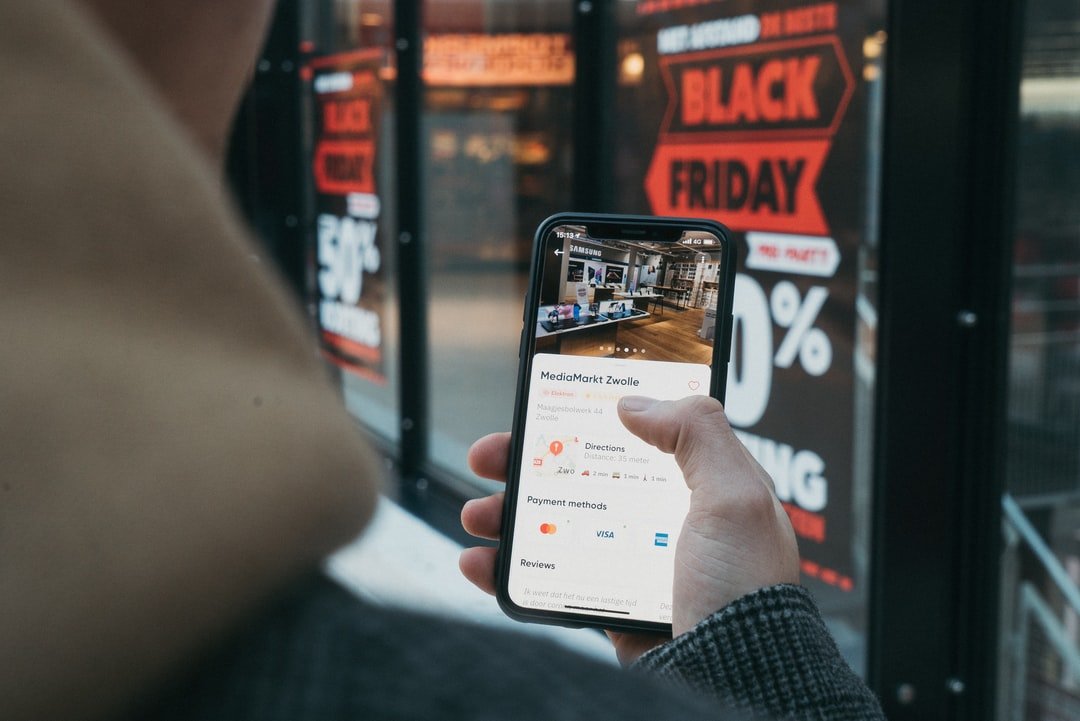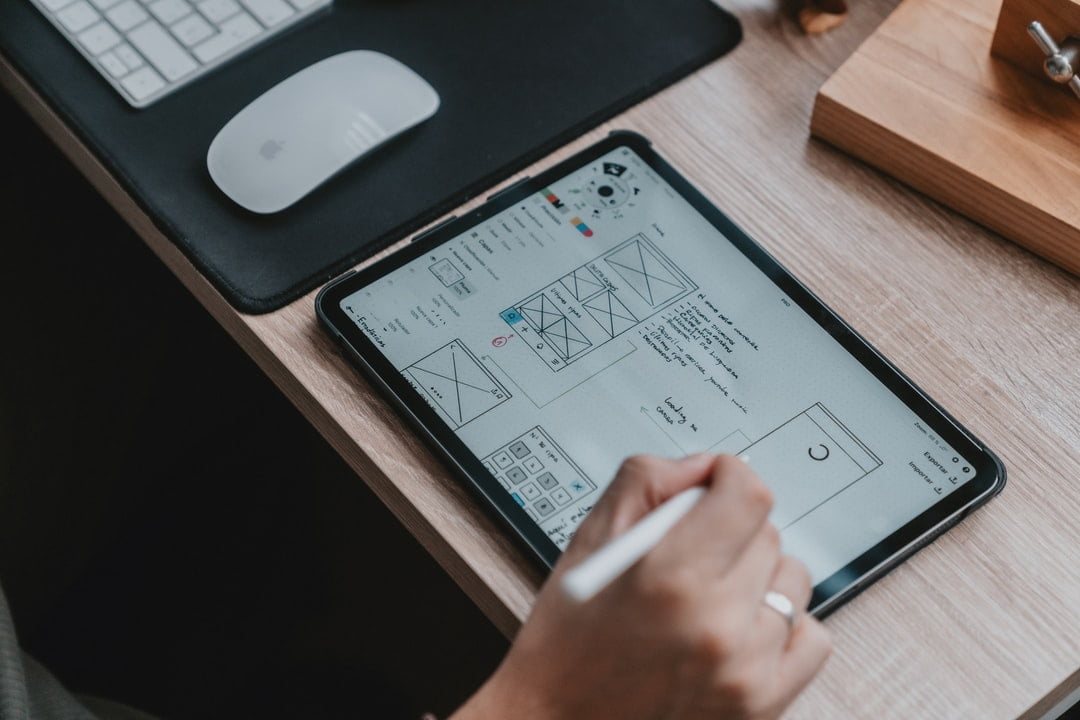Usability testing is one of the most important parts of the web design process, but it's also one of the most hated. Many people hate doing usability tests because they're uncomfortable and they don't want to hear what their users have to say. But if you're doing it wrong, you're only making things worse.The key to a successful usability test is to make sure that you are listening to your users. You need to be patient and let them talk, and you need to be willing to change your designs based on their feedback. If you're not willing to do that, then your usability tests will only be a waste of time.So how do you make sure that you're doing it right? Here are a few tips:1) Make sure that your users feel comfortable talking openly about their opinions.2) Let them take their time, and don't rush them through the test.3) Be prepared to make changes based on their feedback.
Usability testing is an essential part of the web design process. By performing usability tests, you can see how people interact with your website and determine whether or not they are able to easily complete the tasks you want them to. This information can help you make necessary changes to improve the usability of your website.There are a number of different ways to perform usability tests, and the best approach for your project will depend on its specific needs. Some common methods include online surveys, lab studies, field studies, and user interviews. Each has its own strengths and weaknesses, so it's important to choose the right one for your project.No matter which method you choose, make sure to test early and often. The earlier you catch problems, the easier they are to fix. And remember that usability is always evolving; as users' habits change, so must your website's usability."

There are many reasons why designers might not like usability testing. One reason is that it can be difficult and time consuming to set up and run a test. Another reason might be that designers feel like their work is being critiqued, or that they are being asked to do something they don't know how to do. However, the benefits of usability testing far outweigh any of these downsides. By identifying and fixing usability problems early in the design process, we can save time and money, while also creating a better product for our users.

Usability testing is one of the best methods for getting user feedback on a product. By observing how users interact with a prototype or live product, you can determine where it's easy or difficult to use, and identify any potential problems. However, if done incorrectly, usability testing can actually do more harm than good.To get the most out of usability testing, you need to ensure that your participants are representative of your target audience, that you're asking the right questions, and that you're interpreting the results correctly. You also need to be prepared to make changes based on what you learn from users. If all of this sounds like a lot of work, that's because it is - but it's worth it in the end.
Usability testing is important for ensuring that a product or website is easy to use. It can be done in different ways, but the most common way is to watch people try to use the product or website and take note of any problems they encounter. This process can be tedious and frustrating if not done correctly.There are a few things you can do to make usability testing more fun and informative. First, make sure you have a good mix of users. You want people with different levels of experience using the product as well as people from different age groups and genders. Second, create a relaxed environment where testers feel comfortable giving feedback. And finally, make sure you have enough time for testers to explore the product or website without feeling rushed.If you follow these tips, usability testing will be more fun and informative for everyone involved!

Usability testing is an important process to ensure that a product is easy to use. By performing usability testing with real users, you can identify problems and correct them before the product is released. Usability testing should be performed early and often, so that problems can be identified and corrected quickly. It's also important to test with representative users, so that the results are accurate. Usability testing can be expensive, but the cost of fixing problems after release is usually much higher.
Usability testing is an important step in the design process of a website, application or other product. By performing usability tests, you can ensure that your product is easy to use and meets the needs of your users. There are many different tools and methods you can use for usability testing, but not all of them are suitable for every situation.The most common tool for usability testing is a user interview. This involves asking users questions about their experience using the product. You can also observe how users interact with the product by watching them use it in person or by recording their sessions. Another popular method is usability testing software, which allows you to test products remotely by capturing video of users' screens and interactions.While each of these methods has its benefits, they also have limitations. User interviews are best suited for understanding user needs, while usability testing software is good for identifying problems with how users interact with the product. Neither of these methods is ideal for identifying design flaws in individual interface elements. For that, you need to use eye tracking software or another tool that measures mouse movements and clicks.When choosing a tool for usability testing, it's important to consider your needs and the limitations of each method. Use the right tool forthe job, and you'll be able to improve the usability of your product.When choosing a tool for usability testing, it is important to consider the needs of the user and the limitations of each method. The most common tool for usability testing is a user interview which is beneficial for understanding user needs. Another popular method is usability testing software which allows you to test products remotely by capturing video of users' screens and interactions. While each of these methods has its benefits, they also have limitations. User interviews are best suited for understanding user needs, while usability testing software is good for identifying problems with how users interact with the product. Neither of these methods are ideal for identifying design flaws in individual interface elements. For that, you need to use eye tracking software or another tool that measures mouse movements and clicks. When choosing a tool for usability testing, it is important to consider your needs and the limitations of each method in order to improve the usability of your product
Usability testing is an essential part of the web design process, but it's important to make sure your test subjects are representative of your target audience. You don't want to spend time and money on usability testing only to find out that your results are not applicable to your real users.One way to ensure that your test subjects are representative of your target audience is to use a recruiting method called "snowball sampling." With this method, you start by finding a small group of people who represent your target audience and then ask them for referrals for other people who fit that description. This helps you build a larger pool of potential test subjects who are more likely to be representative of your actual users.Another option is to use online surveys or focus groups to gather information about the demographics of your target audience. This can help you determine which characteristics are most important when designing your website or application. Once you have this information, you can use it to select appropriate test subjects for usability testing.

Making an effective and usable product is key to a successful website or application. By doing usability testing you can see how people interact with your design and receive feedback on what works and what doesn't. Watching people use your product is the only way to get an accurate representation of how well it works. Be sure to pay attention to the results, as they will help you improve your design.
Usability testing is a process where the usability of a product or design is assessed. This is done by observing how users interact with the product to find areas where it could be improved. Usability tests can be conducted in different ways, but typically involve giving users a task to complete and observing how they go about completing it.The results of usability tests can help designers to improve the user experience of their product or design. By identifying common problems that users experience, designers can make changes that will make using the product or design easier for everyone.Usability testing is an important part of designing products and websites that are user-friendly. The results of usability tests can help designers to identify and fix common problems that users experience when using a product or website. This can help to improve the overall user experience and make products and websites more user-friendly.
Usability testing is a critical part of the design process, but it's often one of the last steps in the process. This can be a costly mistake, as changes made late in the game can be expensive and time-consuming. It's important to test early and test often, so you can catch problems and make necessary changes before it's too late. Usability testing doesn't have to be expensive or time-consuming. You can use simple tools like paper prototypes or clickable wireframes to get feedback from users. And if you're working on a web or mobile app, you can use free online tools like Google Analytics or Mixpanel to track how users are using your app. The most important thing is to listen to user feedback and make changes based on that feedback.

Usability testing is a great way to get feedback on how well your website or application is performing. It can help you identify where users are having trouble and make the necessary changes to improve their experience. However, it's important to remember that usability testing is just one part of the design process. The results of your tests should be used to guide your decisions, but they should not be the only factor considered. Always keep in mind the overall goal of your project and make sure any changes made will help you achieve that goal.
Usability testing is important because it helps ensure that websites and digital products are easy to use. By performing usability tests, you can see how users interact with your product and identify any problems they may encounter. This allows you to fix these problems before the product is released to the public.It's important to remember that usability is not just about making things look pretty – it's about making sure that users can easily complete the tasks they need to do. So always keep the user's needs in mind when designing your product, and be sure to test it extensively before launch.
Usability testing is an essential part of the web design process. By performing usability tests on your website, you can identify potential problems with your design and fix them before they cause any damage. Usability tests can help you to determine how well your website meets the needs of your users, and they can also help you to find ways to improve the user experience.There are a variety of different methods that you can use for usability testing, and the best method will depend on the specific needs of your project. Some common methods include user surveys, interviews, focus groups, card sorting, and eye tracking. You can also use online tools like Google Analytics or Hotjar to gather information about how users interact with your website.The results of usability testing should be taken into account when making changes to your website design. If possible, try to make small changes based on feedback from users instead of making major changes that could disrupt the user experience. Always remember that usability is key when it comes to creating a successful website.

Usability testing is important to ensure that your website or application is functioning as intended for your users. Testing can help to identify issues with your user interface, navigation, and overall user experience. By identifying and correcting these issues, you can improve the usability of your site or application and make it more user-friendly.
Usability testing is a key phase in software development. By conducting usability tests during early stages of development, you can catch problems with your design and fix them before they become bigger issues. This process also allows you to get feedback from real users, which can help you improve the usability of your product.The best way to conduct a usability test is to observe users as they try to complete common tasks using your product. You can then identify any pain points or areas that need improvement. After identifying these problems, you can fix them and then conduct another round of testing to see if the changes have improved the user experience.User feedback is essential for improving the usability of your product. So always take into account what users have to say and make changes based on their feedback. The users will thank you for it!
Usability testing is an important part of web design, and you're doing it wrong if you hate it. The purpose of usability testing is to help make your website easier to use, which will help improve your conversions and keep customers happy.So if you're not a fan of usability testing, don't worry – you're not alone. But that doesn't mean you should avoid it altogether. There are plenty of ways to make the process more enjoyable, so give it a try and see how it can benefit your website.